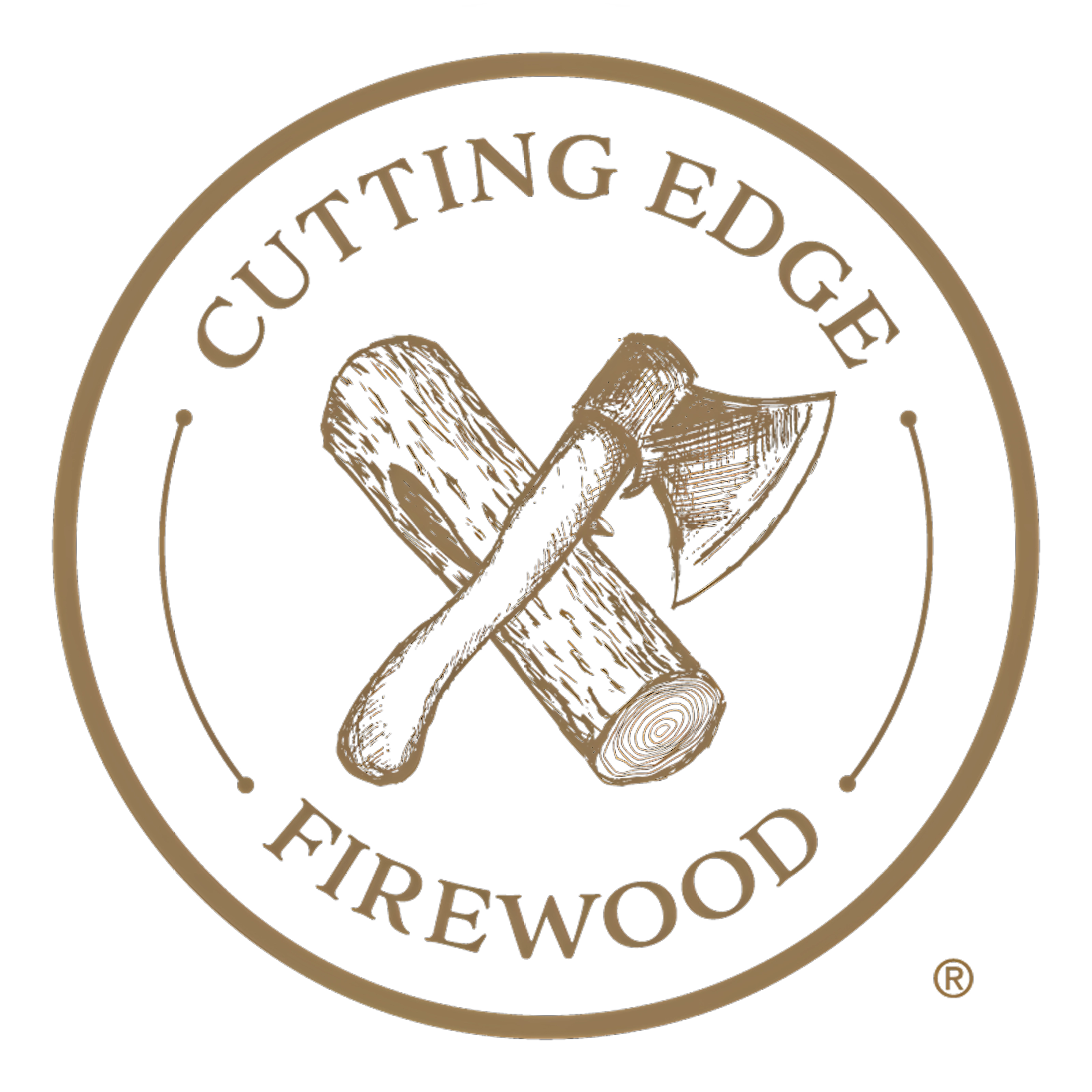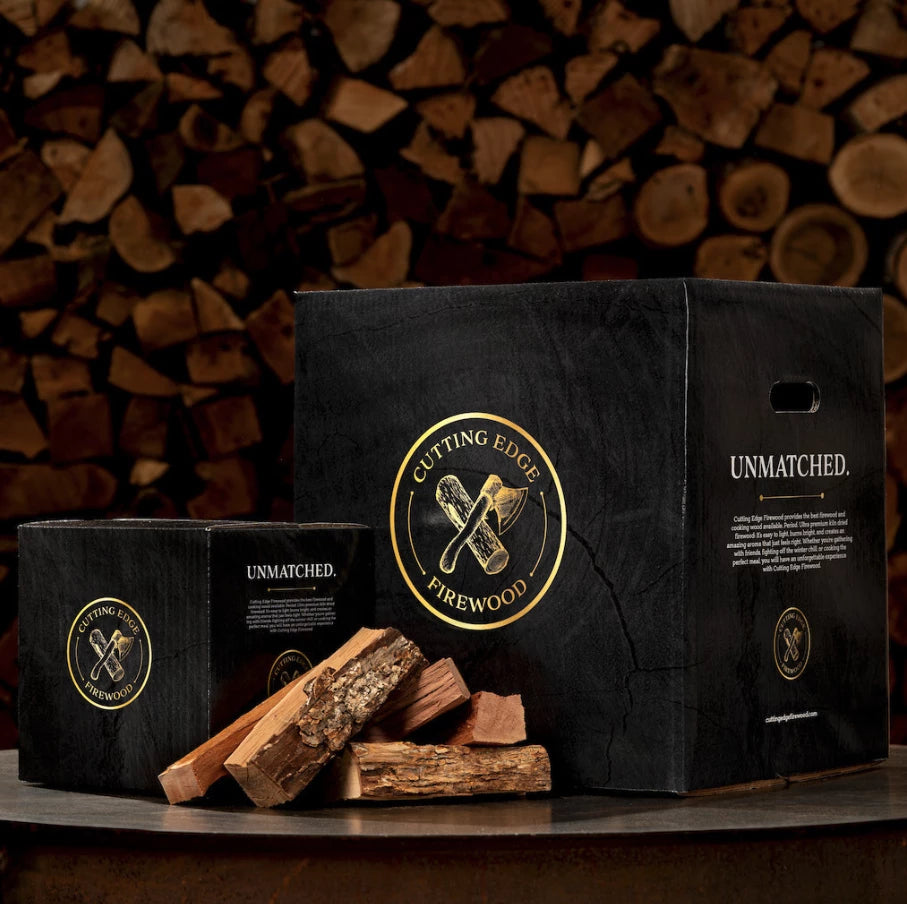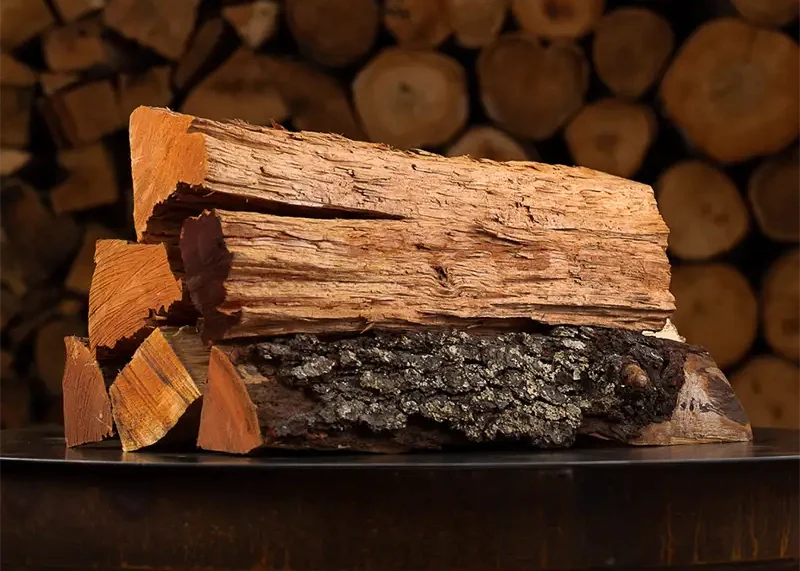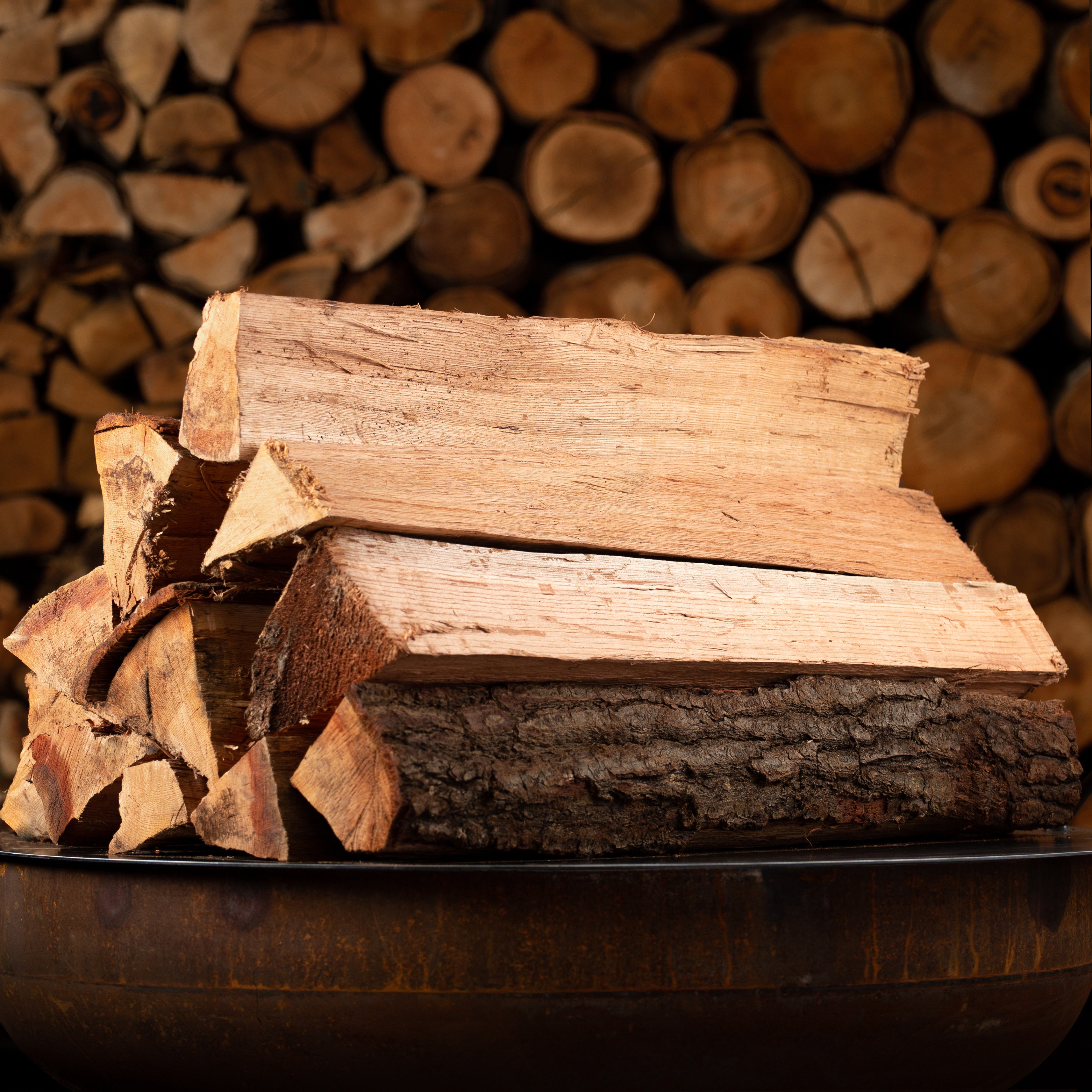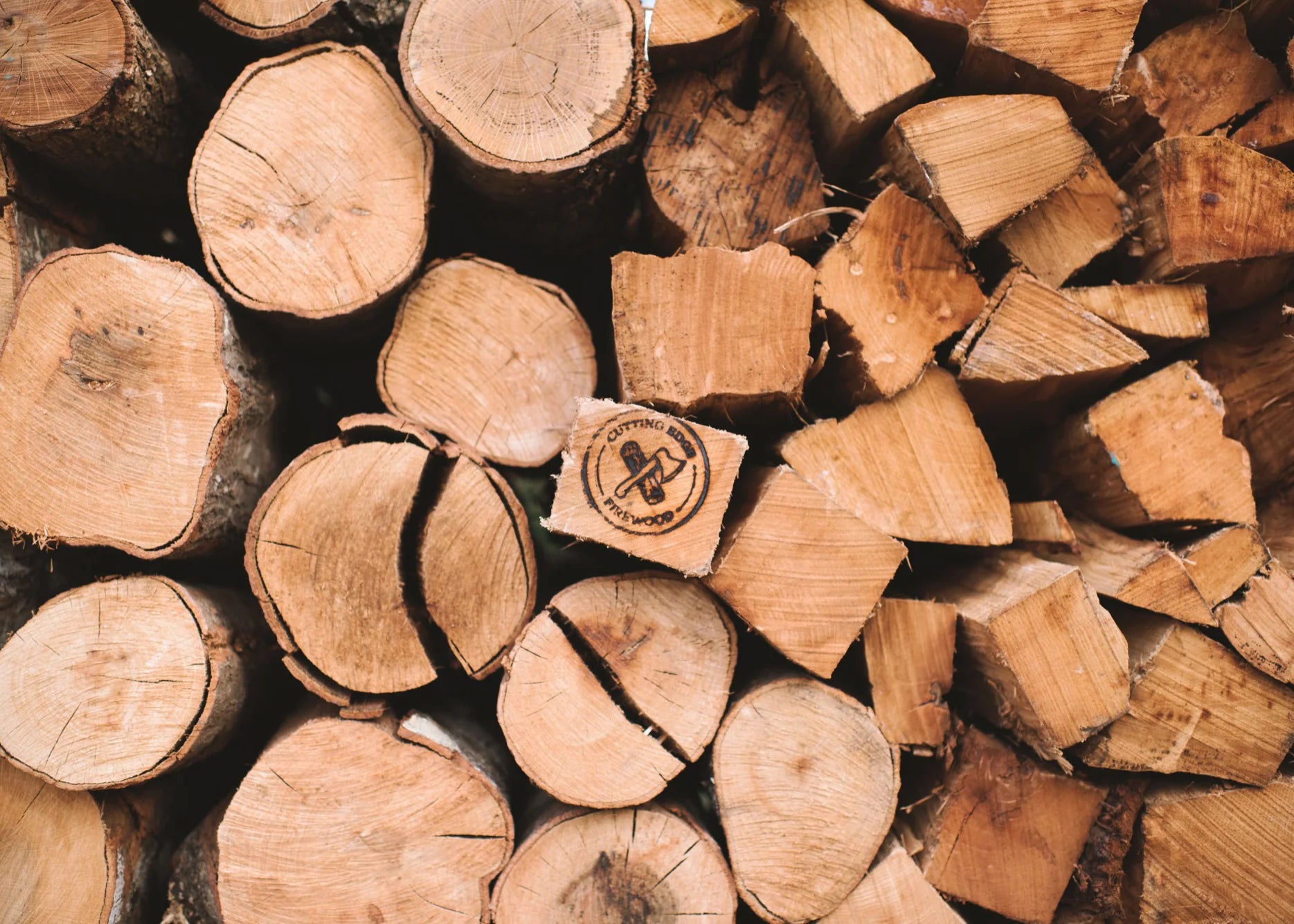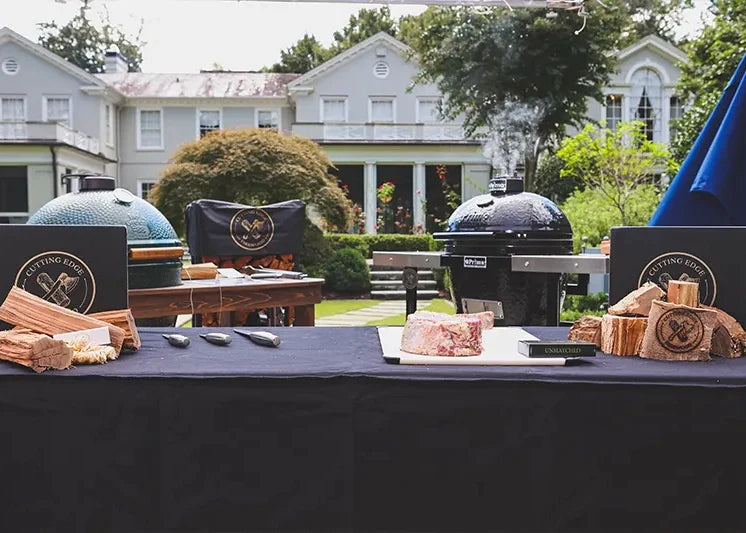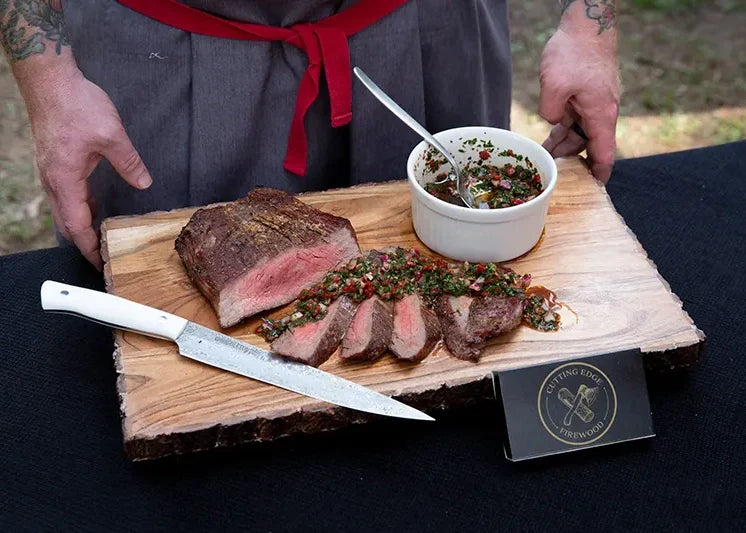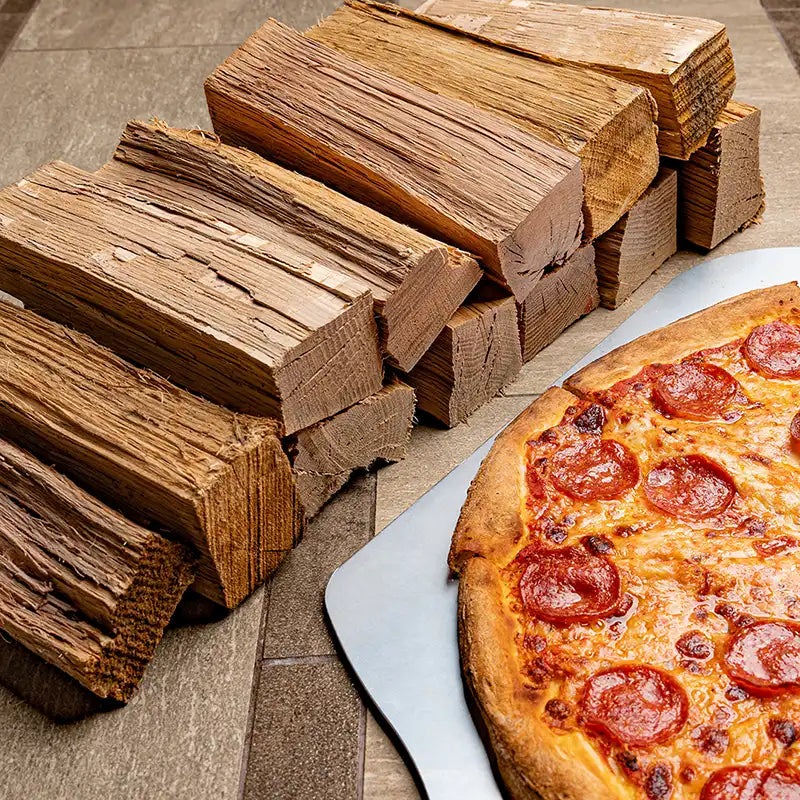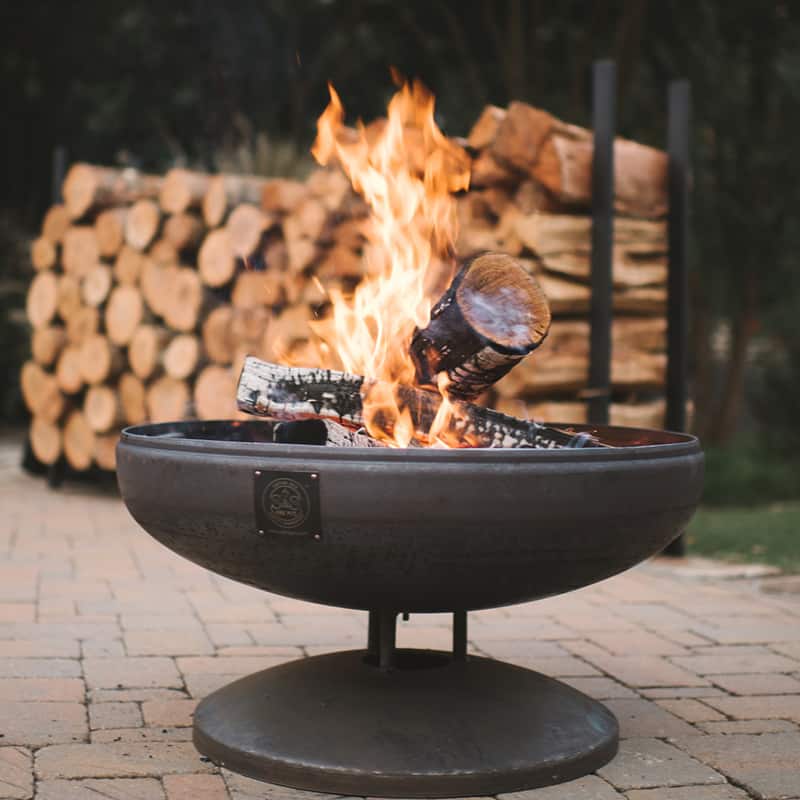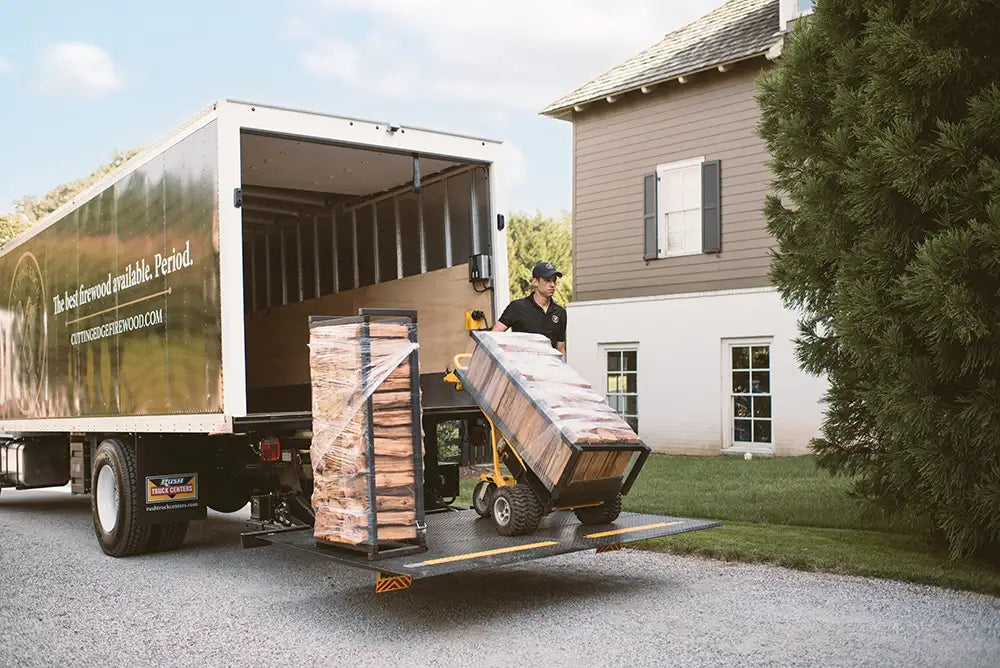Does your living room fill with smoke when the fireplace is lit? Known as a downdraft or backdraft, it's a serious problem that can place you and your family's health jeopardy. Smoke contains carbon monoxide (CO), which is an odorless and tasteless gas that's responsible for approximately 500 deaths in the United States each year. Unless your fireplace vents smoke outside your home through the flue and chimney, it could result in dangerously high levels of CO. With a little work, however, you can fix and prevent downdraft problems with your fireplace.
The Basics of How Fireplaces Work
Fireplaces are designed to vent smoke outside the home to prevent CO buildup. Assuming the damper is open, hot air from the wood-burning fire will push the smoke up through the flue and out the chimney. This is because hot air is less dense than cool air. As the hot air expands, it rises in an effort to equalize itself with the cool air outside your home. At the same time, your fireplace will draw air from inside your home.
Unfortunately, not all fireplaces work as intended. It's not uncommon for fireplaces to draw fresh air through the flue and chimney rather than the interior space -- a phenomenon known as a downdraft. If your fireplace suffers from this problem, it won't vent smoke outside your home. Instead, it will vent smoke back into your living room while drawing fresh air through the flue and chimney.
Some of the hallmark signs of fireplace downdrafts include the following:
- Visible plumes of smoke accumulating in your living room
- Smoke alarm or CO detector going off
- Eye irritation from the excess and lingering indoor smoke
- Black smoke stains on glass windows and surfaces
- Gusts of hot air coming from in front of your fireplace
Keep in mind, you shouldn't use your fireplace if it's creating a downdraft. Building even a small fire in a fireplace with a downdraft can fill your home with potentially dangerous amounts of CO, not to mention other toxic and irritating gases.
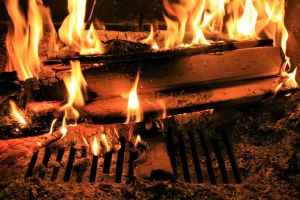
Check Your Flue Liner
An undersized flue liner can create downdrafts by restricting the ventilation of smoke and hot air. Typically consisting of a ceramic or metal, flue liners create a shell on the interior walls of the flue. If it's the flue is too small, however, it will trap hot air. Heat causes air to expand, and if it's stuck inside an already narrow flue, it may search for a different path with less resistance, such as the inside of your home. Replacing an undersized flue liner isn't cheap or easy, but it's well worth the investment if you're experiencing downdrafts with your fireplace.
Inspect Chimney Height
How tall is your chimney? Unbeknownst to many homeowners, chimney height plays a role in fireplace downdrafts. If your chimney is just a few inches tall -- when measured from the surface of your home's roof to the very top of the chimney -- it may create a downdraft. Wind can enter short chimneys more easily than tall chimneys. If it's windy outside, wind will blow across your roof while entering your chimney and creating a downdraft. Therefore, you should inspect your chimney to ensure it's an appropriate height. Most chimneys should be at least 3 or 4 feet tall to prevent downdraft. If your chimney is shorter than this height, you may experience downdrafts when using your fireplace.
Burn Kiln Dried Firewood
Assuming your flue liner is the right size, you should evaluate the type of firewood you burn in your fireplace. If you aren't burning kiln dried firewood, you may experience a downdraft. Some homeowners believe hat all firewood is the same. As a result, they burn locally sourced fresh firewood with a high moisture content. You can probably build a few fires using fresh firewood with a high moisture content without any ill effect. After a while, though, it will take a toll on your flue by contributing to creosote buildup. The high moisture content of fresh firewood inhibits the combustion process, meaning it doesn't burn completely. Some of the organic wood matter will convert to heat, but others will be released into the air as soot. Over time, this soot will stick to the walls of the flue, thereby restricting the flow of air and increasing the risk of downdrafts.
Kiln dried firewood is prized for its exceptionally low moisture content. It's processed using an advanced drying method known as kiln drying. During this process, the wood is placed in a heated oven where moisture is released from its pores. Since it contains less moisture than fresh firewood, as well as air-dried firewood, kiln dried firewood has an efficient combustion process that produces little or no soot. Therefore, it's less likely to create downdrafts. By burning only kiln dried firewood, you'll promote a cleaner flue while ensuring that smoke and hot air can easily escape out the chimney.
Not only does kiln dried firewood help protect against downdrafts; it also produces more heat. If you're building fires during winter to offset the need for central heating, you should stick with kiln dried firewood. With its high combustion efficiency, more of the organic wood matter is converted into heat. Kiln dried firewood burns cleaner and produces more heat than other types of firewood. Of course, this is just one more reason to choose kiln dried firewood when building fires in your fireplace.
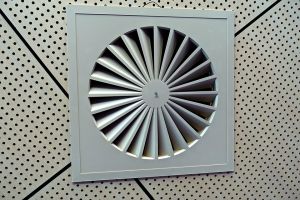
Turn Off Exhaust Vents
When using your fireplace, make sure all exhaust vents in your home are turned off. Exhaust vents, such as those commonly used in bathrooms and kitchens, are designed to vent indoor air outside the home. Stoves, for example, use them to vent smoke and hot air outside the home, whereas bathrooms use them to vent moist and humid air outside the home. If an exhaust vent is turned on, it will pull air your fireplace, which could lead to a downdraft. Before lighting your fireplace, inspect all exhaust vents in your home to ensure they are turned off.
Close the Windows
In addition to turning off exhaust vents, you should close all the windows in your home when using your fireplace. Granted, an open window alone typically isn't enough to create a downdraft. If your flue liner is too small -- or if your flue is clogged with creosote -- however, it may result in a downdraft. The smoke and hot air will attempt to exit your home through the path of least resistance. An open window, of course, offers an easier path with less resistance than a narrow flue.
Adjust the Damper
You can oftentimes fix and prevent downdrafts by adjusting the damper. For a fireplace to function properly, the damper must be at least partially open at all times. If it's fully closed, smoke and hot air will accumulate inside your home rather than venting out through the flue and chimney. With that said, a fully open damper may cause downdrafts as well. If it's windy outside the damper is fully open, the wind may force its way into the flue to create a downdraft. By experimenting with different damper settings, you can avoid downdrafts with your fireplace.
Stock up on premium kiln dried firewood for cooking by visiting our online store today.
